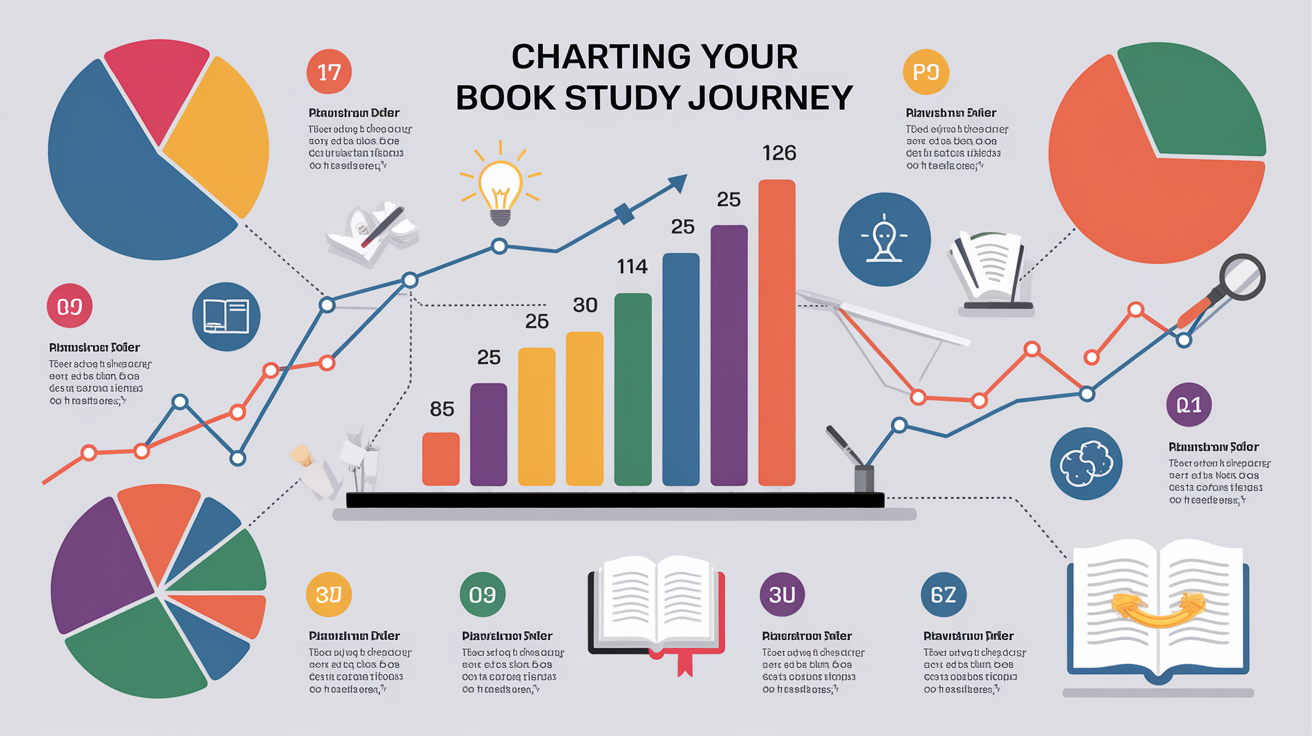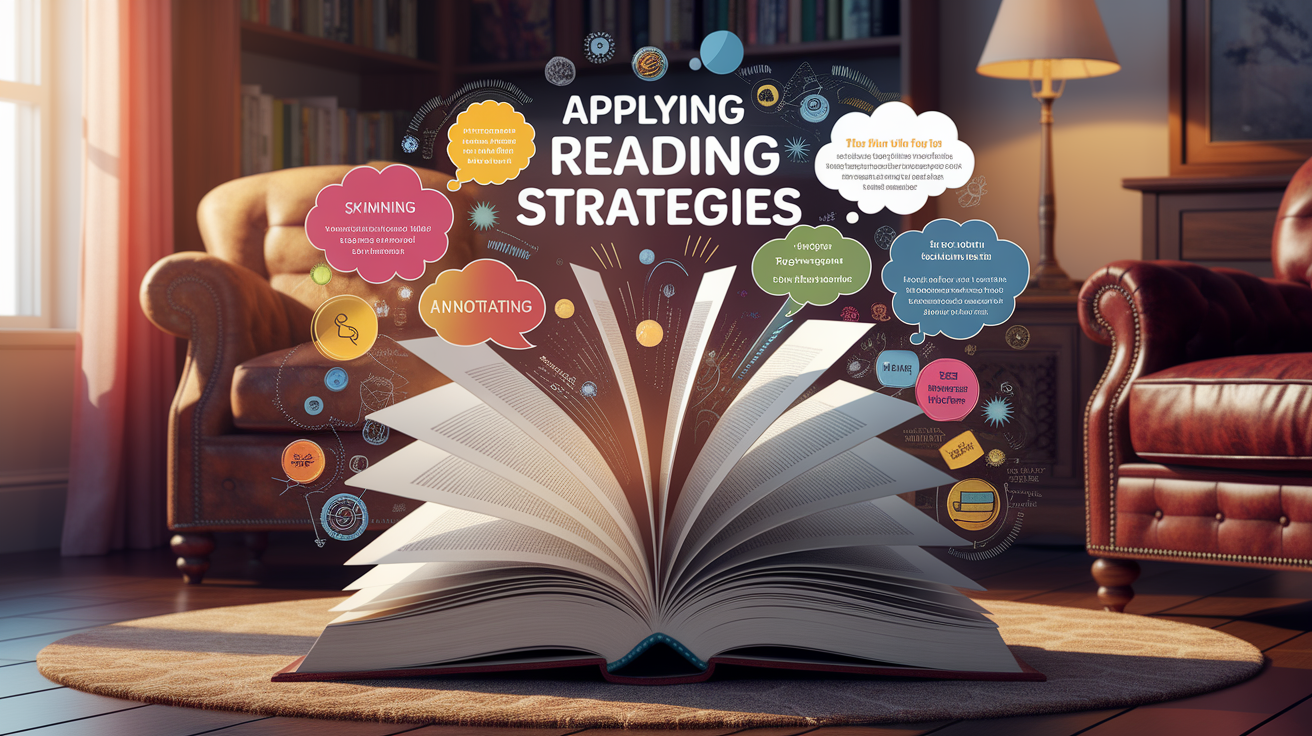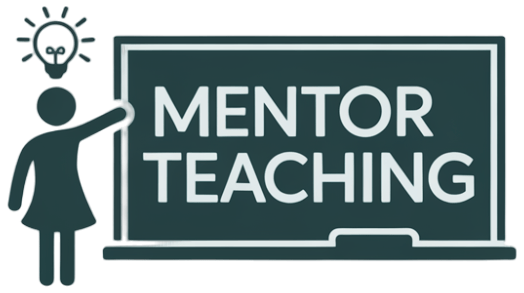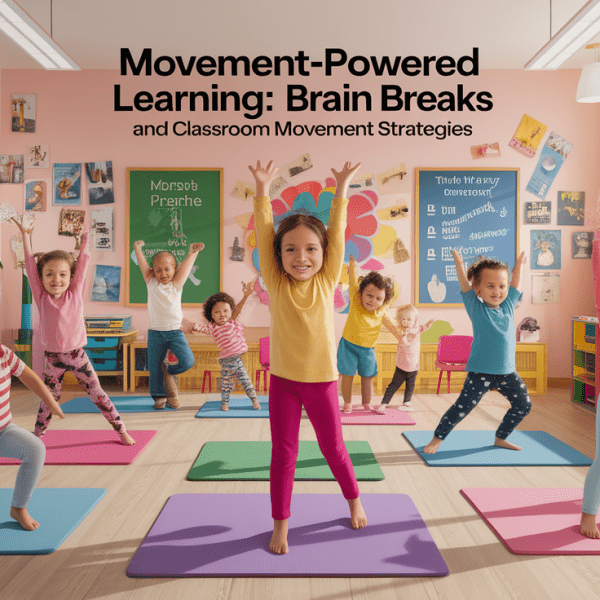Introduction – Charting Your Book Study Journey
Step right into the world of structured reading adventures! Whether you’re diving into a novel with friends, tackling a textbook study for professional growth, or exploring the interdisciplinary magic of book studies, a book study journey can be as exciting as it is enriching. Think of it as assembling your own travel crew for a literary road trip — maps in hand (aka your study guide) and minds wide open — ready to explore new ideas, sharpen your comprehension skills, and spark meaningful conversations.

Setting Clear Goals for Your Study
Before cracking open that first page, set your destination. Are you here to boost reading comprehension, progress in professional development, or simply enjoy the thrill of literature analysis with a group? Clearly defined goals help you choose effective study methods and keep everyone rowing in the same direction. For educators, goals might be aligned to learning objectives or school improvement plans. For literature fans, they might center on improving critical thinking or exploring deeper themes together.

- Identify the purpose — learning, enjoyment, professional growth, or academic achievement.
- Decide on the expected outcomes — better analytical reading skills, stronger comprehension skills, or a completed project.
- Set realistic timelines — a chapter a week, or thematic milestones.
Choosing the Right Book and Format
Your book is your main character here — choose wisely! For a community reading group or book club, pick something that excites and challenges. For an academic reading focus, formal book studies programs offer an array of texts that integrate history, publishing, and cultural studies. Think about your format too: physical copy, e-book, audiobook, or a blend? Each has its perks — physical copies invite those colorful annotation techniques; audiobooks help with busy schedules, and e-books make highlighting a breeze.

Applying Effective Reading Strategies
Good reading strategies are like powerful hiking boots — they carry you through the terrain smoothly. Here are a few to try:

- Preview the chapters: Skim headings, subheadings, and summaries for a mental map.
- Close reading: Focus carefully on key passages to catch literary devices and patterns.
- Chunking: Break reading into manageable sections to avoid feeling overwhelmed.
- Note-taking: Keep reading notes or a chapter summary to reinforce ideas.
Remember, variety keeps it fresh — mix plot summary exercises with open-ended reflection questions to spark engagement.
Analyzing and Annotating with Purpose
Annotation isn’t just highlighting pretty sentences — it’s about active engagement with the text! Mark recurring motifs, jot down character analysis notes, or question the author’s logic. In academic contexts, such as book history studies, annotations help track themes across historical contexts and publishing practices. Whether in margins, sticky notes, or digital tools, purposeful annotations make for richer book discussion later on.
Facilitating Meaningful Discussions
This is where the magic happens — ideas bounce, perspectives broaden, and deeper understanding blooms. In a group discussion, aim for open-ended prompts: “How does the theme of community shape the plot?” or “What symbolism do you find in this chapter?” If you’re wondering how to start a book study group, make sure to establish a safe, respectful space where everyone’s voice matters. As shared vocabulary and collaborative culture grow, so does the quality of dialogue. Rotate discussion leaders, use discussion questions from a study guide, and encourage gentle challenges to ideas — that’s food for critical thinking.
Tracking Progress and Reflecting
Tracking your journey ensures you don’t drift off-course. Keep a reading schedule pinned on your virtual classroom wall or group chat. Celebrate milestones — “We’ve finished Act I!” — and review learning so far. Reflection is key: What have you discovered? How have your perspectives shifted? In professional contexts, tracking also helps tie the study back to practical application, just as research on book study and professional development has shown.
- Review annotation notes for recurring insights.
- Update group members on progress regularly.
- Adjust pacing if necessary — flexibility helps sustain participation.
Conclusion – Seal the Deal on Your Study Success
And there you have it — your road map to mastering a book study! Whether your adventure is a casual weekend book club or a rigorous academic reading project, the same truth holds: clear goals, intentional strategies, and open dialogue turn reading into a transformative experience. So gather your crew, choose that inspiring text, and set sail — your next chapter of learning awaits!




